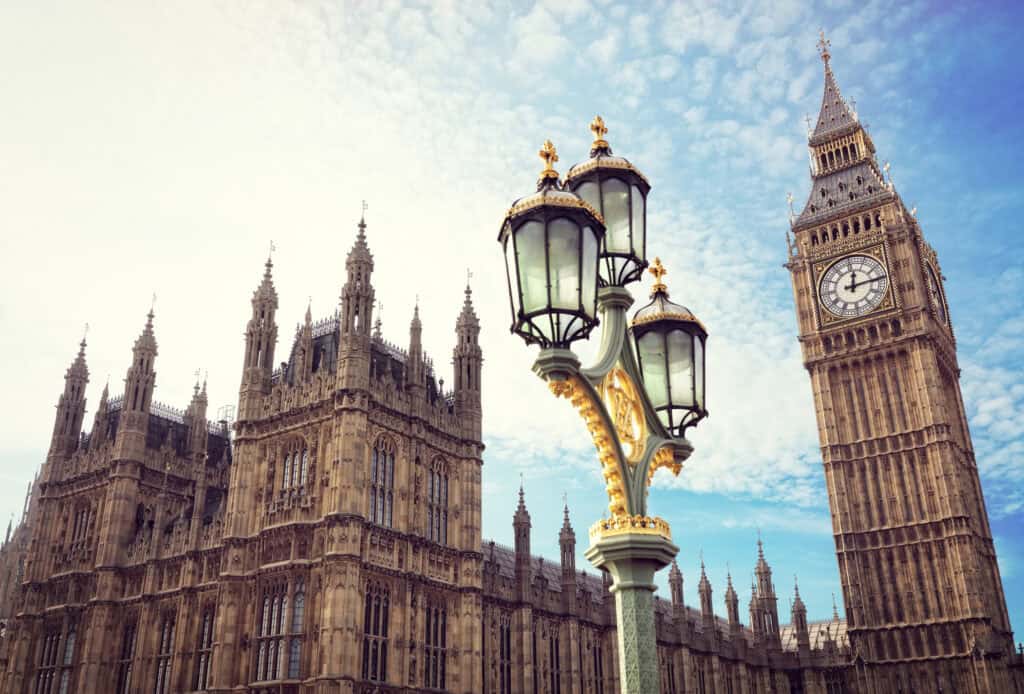Assistant Director Dr Daniel Rathbone examines the latest findings from the CaSE/Wellcome project the R&D Decade.
What does the public think about R&D?
19 May 2020
It would be an understatement to say that a lot has changed since we started our R&D Decade work with the Wellcome Trust back in December 2019. Our world has changed almost overnight, with many of us now working from home and worried about the effects of the coronavirus on our families and friends.
The Covid-19 pandemic has also highlighted the importance of science and investment in R&D will be a critical part of the economic recovery. In the 2020 budget, the Chancellor announced that public R&D investment across all disciplines will increase to £22 billion per year by 2024-25. It is important therefore that the research sector updates and refreshes its advocacy so that it works in a context of increasing public investment in R&D and the post-Covid world.
A crucial part of our work was to make sure we involved the whole research sector and to find out how the public views R&D. So to help with this, and to ensure we’re taking an objective view on our work as advocates, we commissioned policy specialists Public First to assist us. Public First have reviewed advocacy approaches taken by other sectors, hosted focus groups and started consolidating everything we’ve learned into a set of ideas describing how the research community might work together more effectively.
Public First have done some great work and we have already published a literature review, campaign profiles and an opinion research report ahead of the final report, which is coming soon. There are some really interesting nuggets of information, particularly in the opinion research, that will be really helpful in developing new models of advocacy for the sector. For example, most people have heard of Extinction Rebellion but almost no-one likes their tactics. And perhaps not surprisingly for most people their mum (and David Attenborough) are their most trusted sources of information. Crucially for the sector most people are aware of what R&D is but for most it was the more tangible examples like researching new medicines that they were able to identify.
Here are the top lines about what a successful campaign looks like and what the public thinks about R&D.
What are the eight things a successful campaign does?
- Craft a succinct and clear message
- Demonstrate large public support
- Engage through social media
- Provide an online tool kit
- Evoke emotion
- Create coalitions
- Enlist high profile people and organisations
- Secure extensive media engagement.
What does the public think about campaigns and R&D?
- People support campaigns about issues that most directly affect them and their families.
- People judge the trustworthiness of information by the authenticity of the messenger – and by how much they have their best interests at heart.
- People are more likely to support R&D campaigns when
the impacts feel tangible. - People value honesty about what might be expected of them.
- People don’t like direct-action campaign tactics but agree that they are effective in raising awareness.
- People know what R&D is and prioritise funding for activities such as the discovery of new medicines.
- People are proud that the UK leads the world in R&D and think this should be celebrated.
- People can be willing to trade some short-term impact in favour of long-term solutions from R&D, depending on the sector.
- People are divided on whether academia or industry is better at R&D.
Having hosted workshops to explore the emerging findings with advocates from across the R&D sector we are now working to refine a set of advocacy approaches that might help the sector achieve its aims and we will publish our findings soon. We hope this will provoke an informed conversation across the sector about what comes next.
Related resources

Public Opinion and Involvement Manager, Rebecca Hill, discusses how CaSE designed the survey that we’ll use to track attitudes to R&D over time.

This briefing summarises attitudes to immigration, international students and researchers, and their impact on UK R&D. It is based on evidence from a nationally representative survey of 4,100 UK adults in June 2024 and two focus groups in December 2024.

This briefing summarises attitudes to the UK Government’s missions from CaSE’s September 2024 public attitudes study.